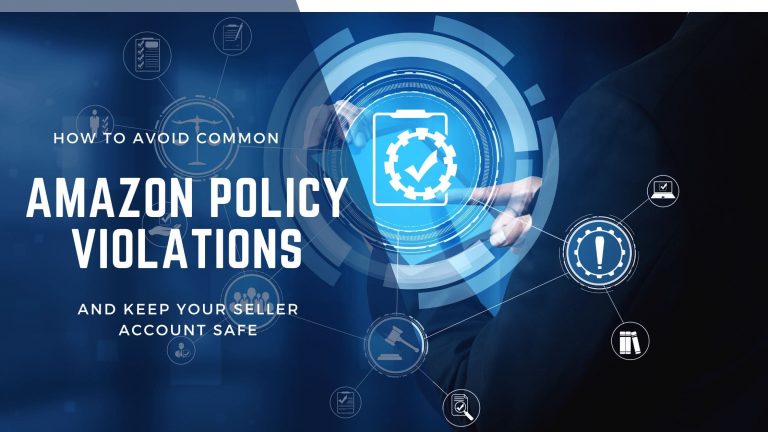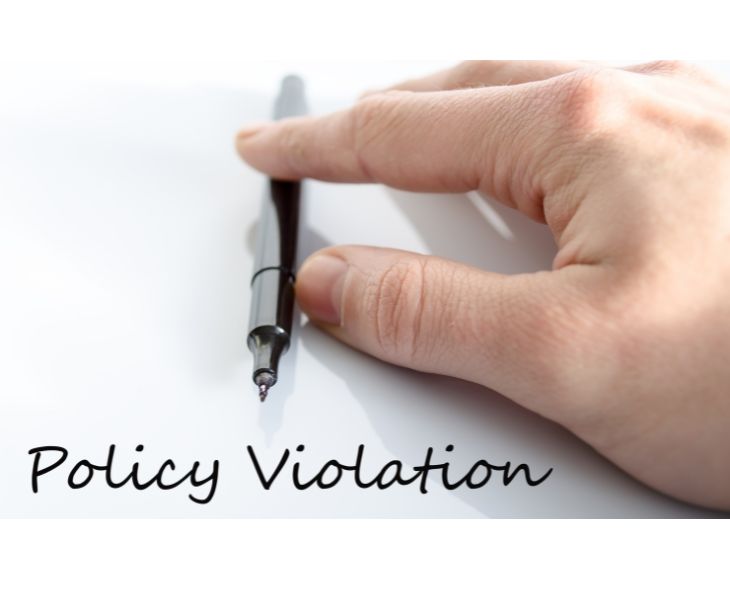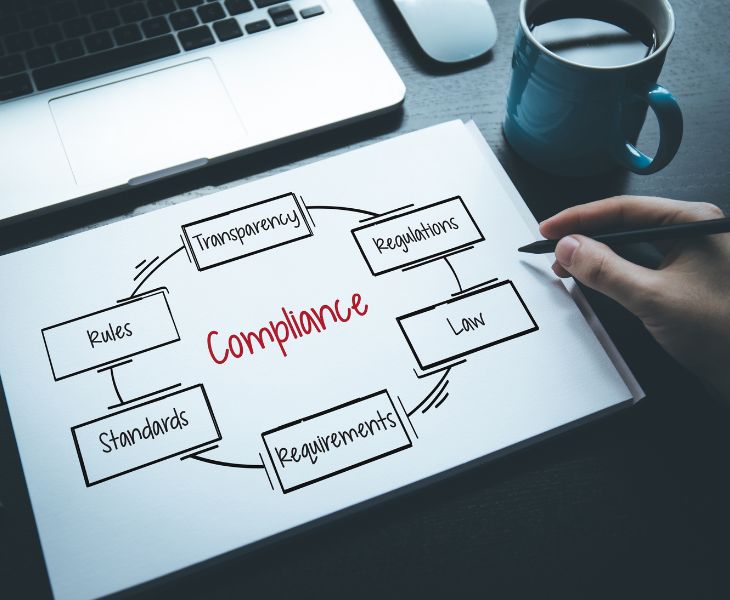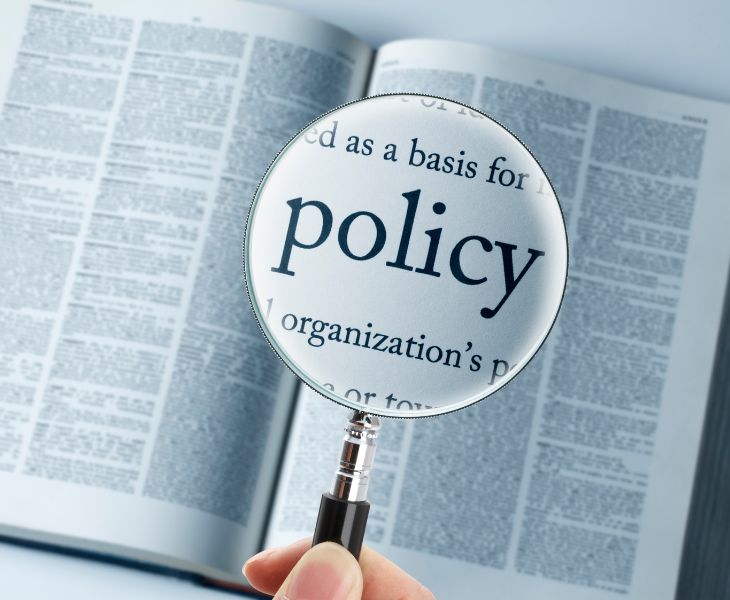Protect your Amazon business by staying compliant with key policies and guidelines.
As an Amazon seller, your account is your business’s lifeline. One serious policy violation can result in account suspension, lost sales, and a damaged reputation. Unfortunately, many sellers unknowingly break Amazon’s rules—sometimes with good intentions—because they don’t fully understand the platform’s strict and evolving policies.
This guide will help you navigate Amazon’s compliance requirements, avoid common mistakes, and take proactive steps to keep your account healthy and running smoothly.
Common Amazon Policy Violations & Consequences
Amazon enforces its rules strictly to protect customer experience and maintain trust. Some of the most frequent violations include listing violations (such as misleading titles or restricted keywords), review manipulation (incentivizing reviews or creating fake ones), and intellectual property (IP) infringement (using trademarked content without permission).
Even a single violation can put your account at risk. Repeated issues—or severe infractions—may lead to account suspension or permanent banning. This can freeze your funds and inventory, putting your entire business on hold.
It’s essential to stay up-to-date with Amazon’s Terms of Service (TOS). These policies can change without notice, and what was acceptable last year might now be a violation. Ignorance is not an excuse—Amazon expects sellers to know and follow every rule.
How to Ensure Listing Compliance
Your product listings are one of the most common sources of policy violations. To stay compliant, avoid using restricted keywords like “cure,” “best,” or “guaranteed,” especially in health-related or claim-heavy categories. These trigger compliance flags and may lead to suppression.
Ensure your titles, bullet points, and images follow Amazon’s product detail page guidelines. This includes maintaining accurate descriptions, using the correct format, and not including promotional content or warranty details in the listing unless explicitly allowed.
A great tool for checking listing compliance is Helium10’s Listing Analyzer. It scans your listings and flags possible violations, helping you identify and fix issues before Amazon does.
Preventing Account Suspension with Best Practices
To keep your account healthy, regularly monitor your Account Health Dashboard. Key metrics to watch include your Order Defect Rate (ODR), Late Shipment Rate, and Policy Compliance Score. Amazon expects sellers to maintain high performance in all these areas.
Never sell counterfeit or unverified branded products, even if you’re getting them from a distributor. Always have invoices and authorization letters available to prove product authenticity. Also avoid unauthorized reselling of gated or restricted brands without approval.
Set up alerts (e.g., with Helium10) to notify you immediately of listing changes, policy warnings, or account health notifications. Acting quickly can make all the difference in preventing a suspension.
How to Appeal a Policy Violation Successfully
If you do receive a violation, it’s important to respond promptly and professionally. The first step is to understand what rule was broken, then prepare a detailed Plan of Action (POA) to show Amazon that you’ve addressed the issue and implemented safeguards to prevent future violations.
A strong POA includes three parts: What went wrong, What you’ve done to fix it, and What steps you’ve taken to prevent it from happening again. Keep the language clear, honest, and respectful—Amazon wants to see that you take the issue seriously.
Send your appeal through Seller Central’s performance notifications and be ready to provide documentation, such as invoices, order details, or internal process changes.
Tools & Resources for Staying Compliant
Your best line of defense is knowledge and preparation. Start by reviewing Amazon’s Account Health Dashboard, where you can track performance metrics and identify areas that need attention.
Stay updated with the latest rules by regularly checking Amazon Seller Central's policy announcements and community forums. Major changes are often announced through internal messages, so don’t ignore them.
You can also consider using third-party compliance services if you manage a large catalog or operate in sensitive categories like supplements, cosmetics, or electronics. These experts help ensure your listings, certifications, and documentation align with Amazon’s evolving standards.
Conclusion
Protecting your Amazon seller account isn’t just about following the rules—it’s about building a sustainable business that earns customer trust and long-term success. By understanding Amazon’s policies, monitoring your account health, and reacting quickly to violations, you can avoid costly suspensions and keep your operations running smoothly.
Stay proactive, stay compliant, and let your Amazon business grow with confidence.







One Response
Very useful and eye opening information on Complaince.